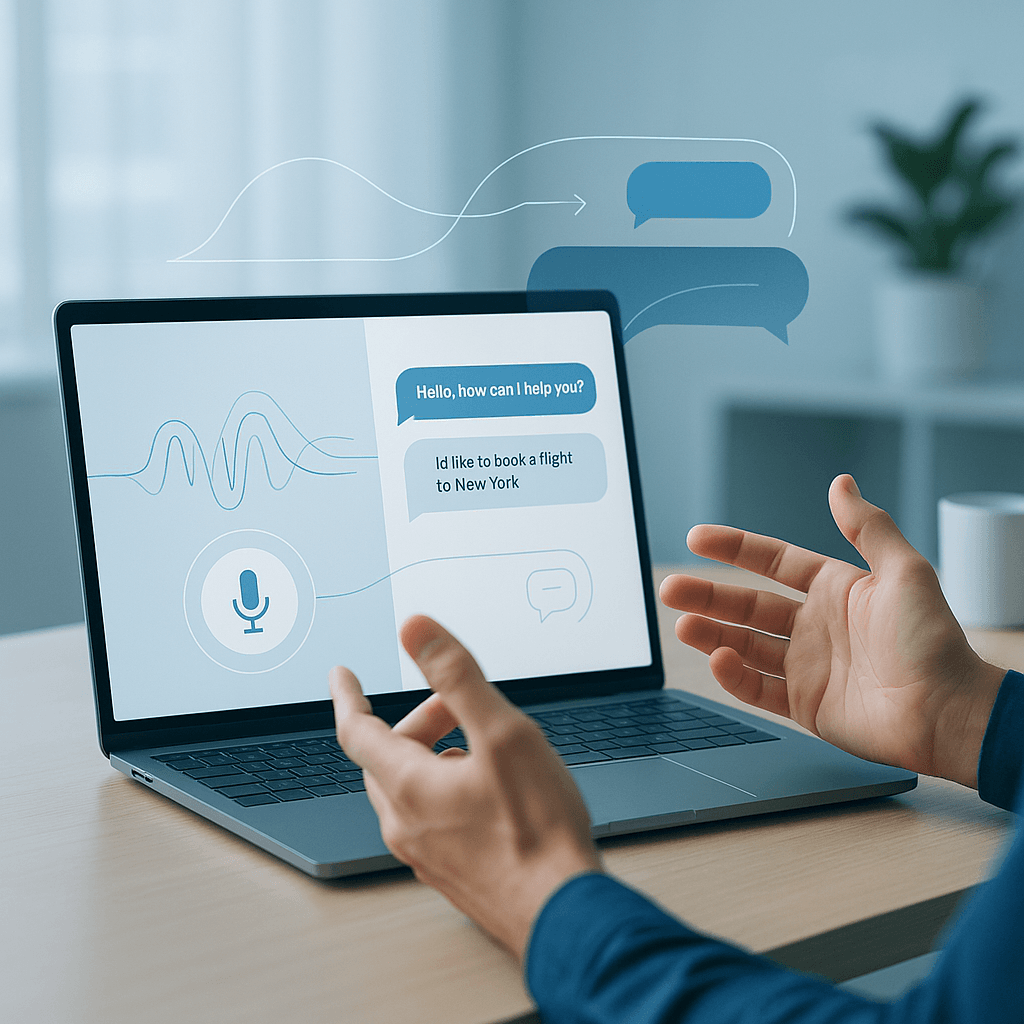OpenAI just dropped a game-changer for ChatGPT users: voice mode is no longer trapped in a separate interface. The company announced Tuesday that users can now talk to ChatGPT while seeing responses appear in real-time on the same screen where they'd normally type. It's a simple change that could fundamentally shift how millions interact with AI daily.
OpenAI just made ChatGPT conversations a lot less clunky. The company's Tuesday update eliminates one of the most annoying friction points in AI interaction - the jarring switch between voice and text modes that broke conversation flow.
Before this update, talking to ChatGPT meant getting whisked away to a separate screen dominated by an animated blue circle. You'd lose access to your chat history, couldn't see visual responses, and had to manually exit back to text mode if you missed something. According to OpenAI's announcement, that awkward dance is over.
Now users can seamlessly blend speech and text in the same conversation window. As you talk, ChatGPT's responses appear as text in real-time, complete with any images, maps, or other visual elements. It's the kind of obvious-in-hindsight improvement that makes you wonder why it took so long.
The timing isn't accidental. As Google pushes its Gemini voice capabilities and Anthropic experiments with conversational interfaces, OpenAI can't afford clunky user experiences. Voice interaction represents the next battleground in AI adoption, especially as these tools move beyond early adopters into mainstream use.
"You can talk, watch answers appear, review earlier messages, and see visuals like images or maps in real time," OpenAI explained in its announcement. The company is rolling this out as the new default across web and mobile apps - no separate update required, just refresh your browser or update the app.
For users who actually preferred the old separate voice mode (and apparently some do), OpenAI isn't forcing the change. Navigate to Settings > Voice Mode and toggle on "Separate mode" to return to the animated blue circle experience.
The update reflects broader industry trends toward multimodal AI that can seamlessly handle text, voice, images, and video. Meta has been pushing similar unified experiences across its platforms, while Apple continues refining Siri's integration across devices. The winner in this space will likely be whoever makes AI interaction feel most natural.
This also signals OpenAI's confidence in its voice technology. The company initially launched voice mode with significant limitations and a cautious rollout. Now it's making voice interaction the default experience, suggesting the underlying technology has matured enough for mainstream adoption.












